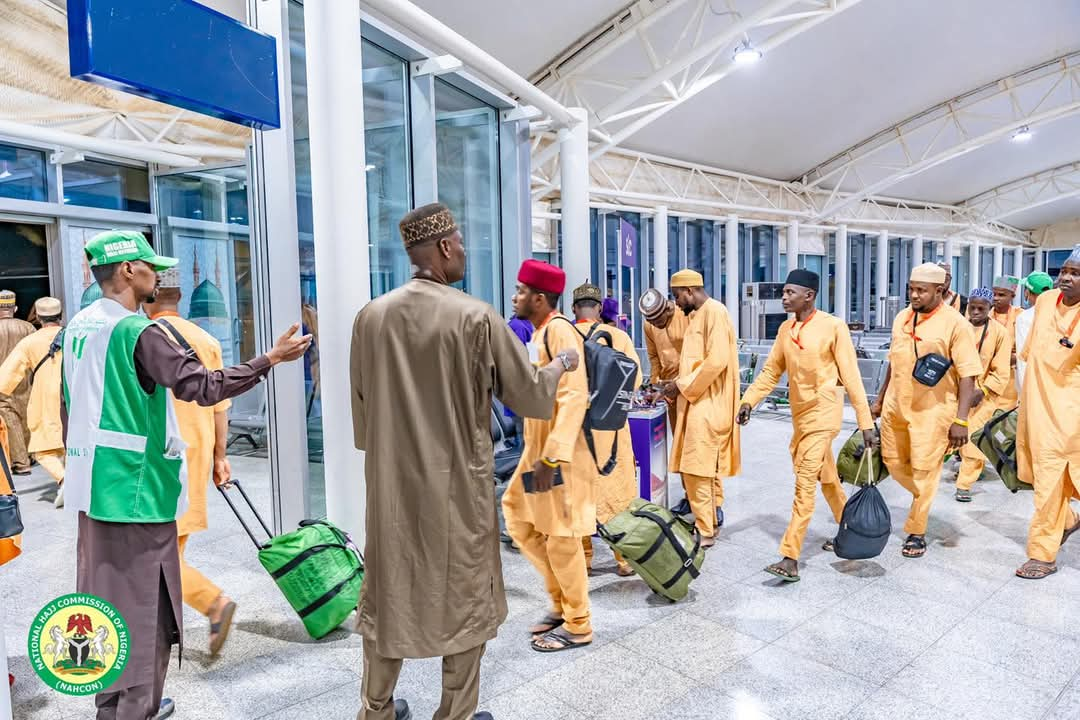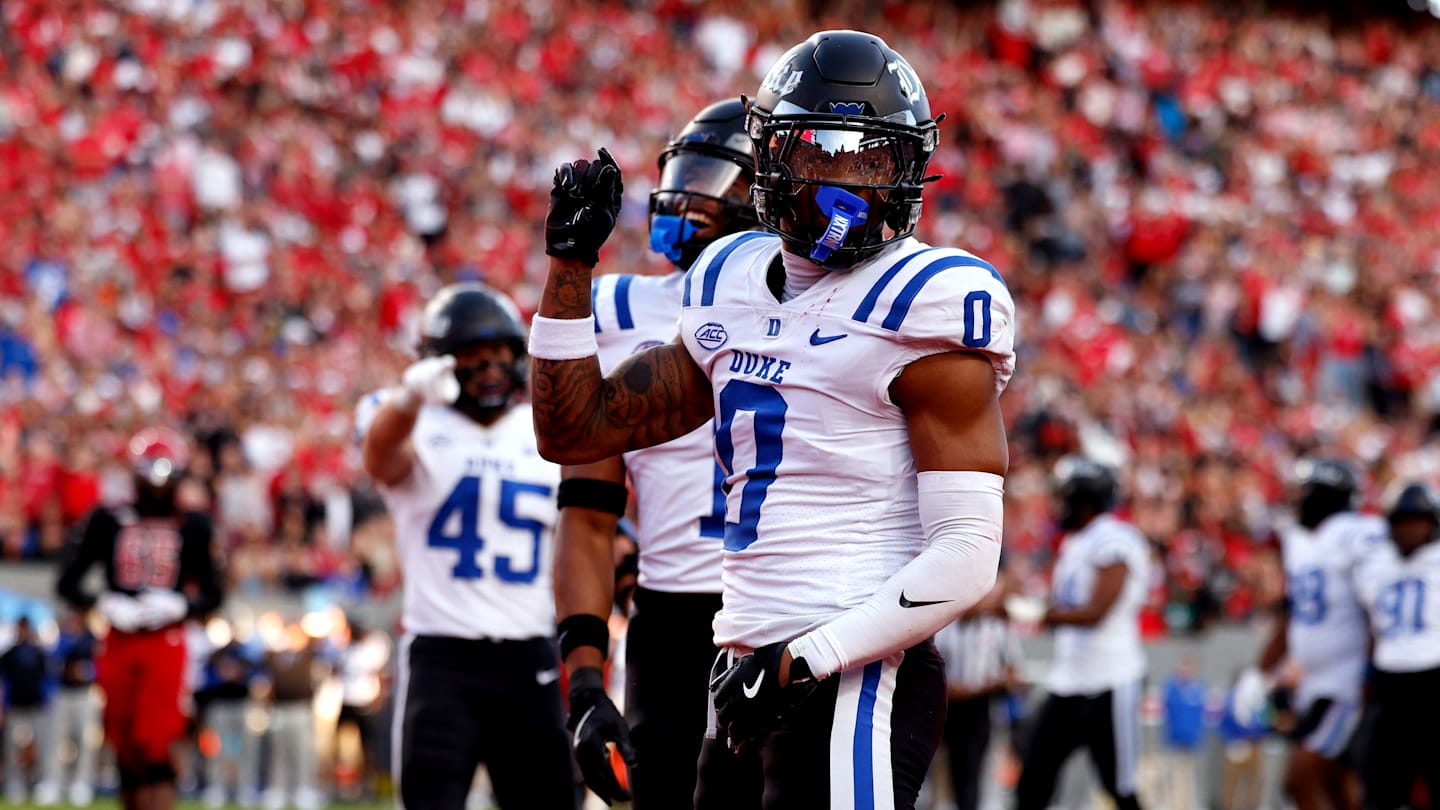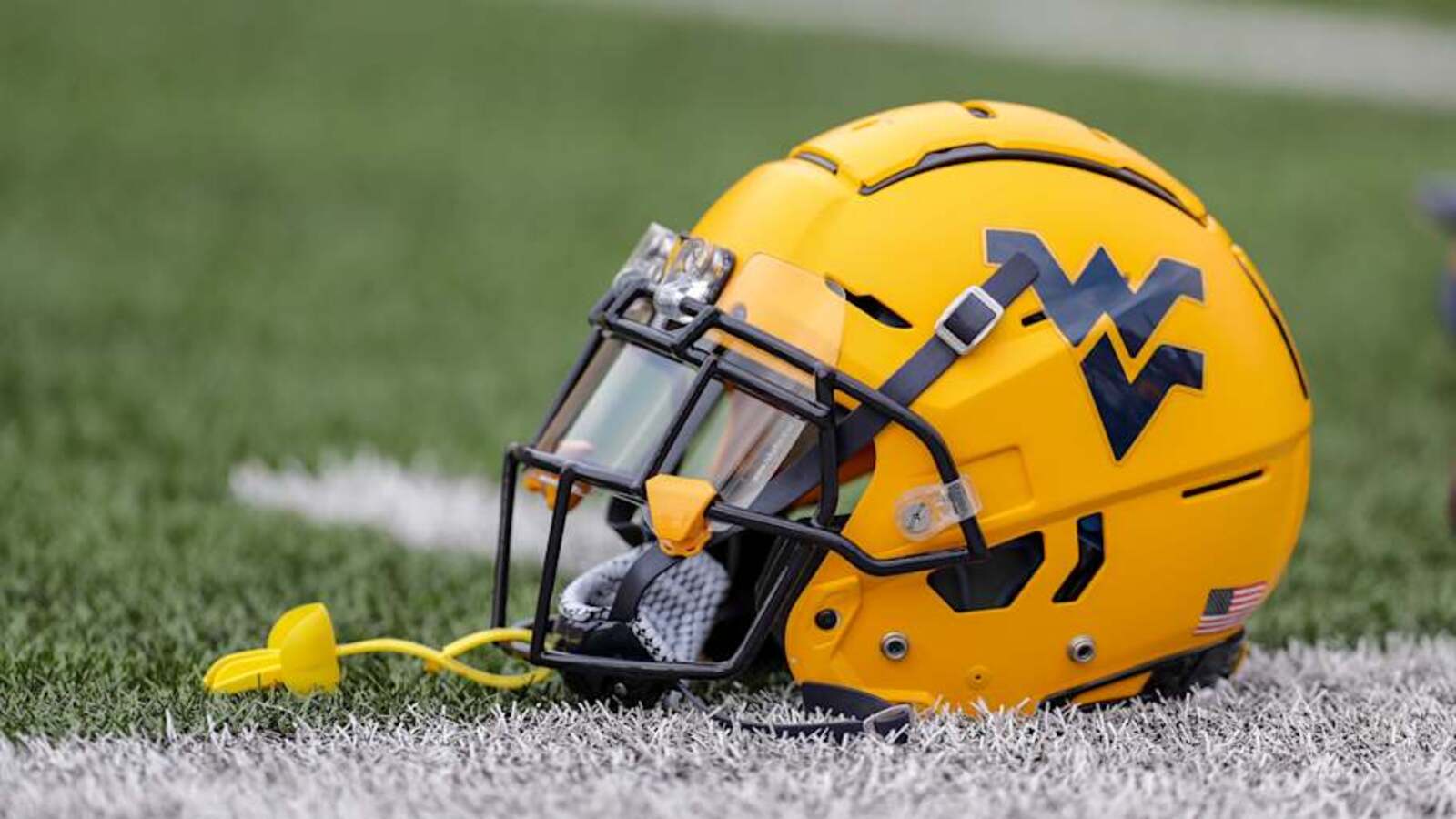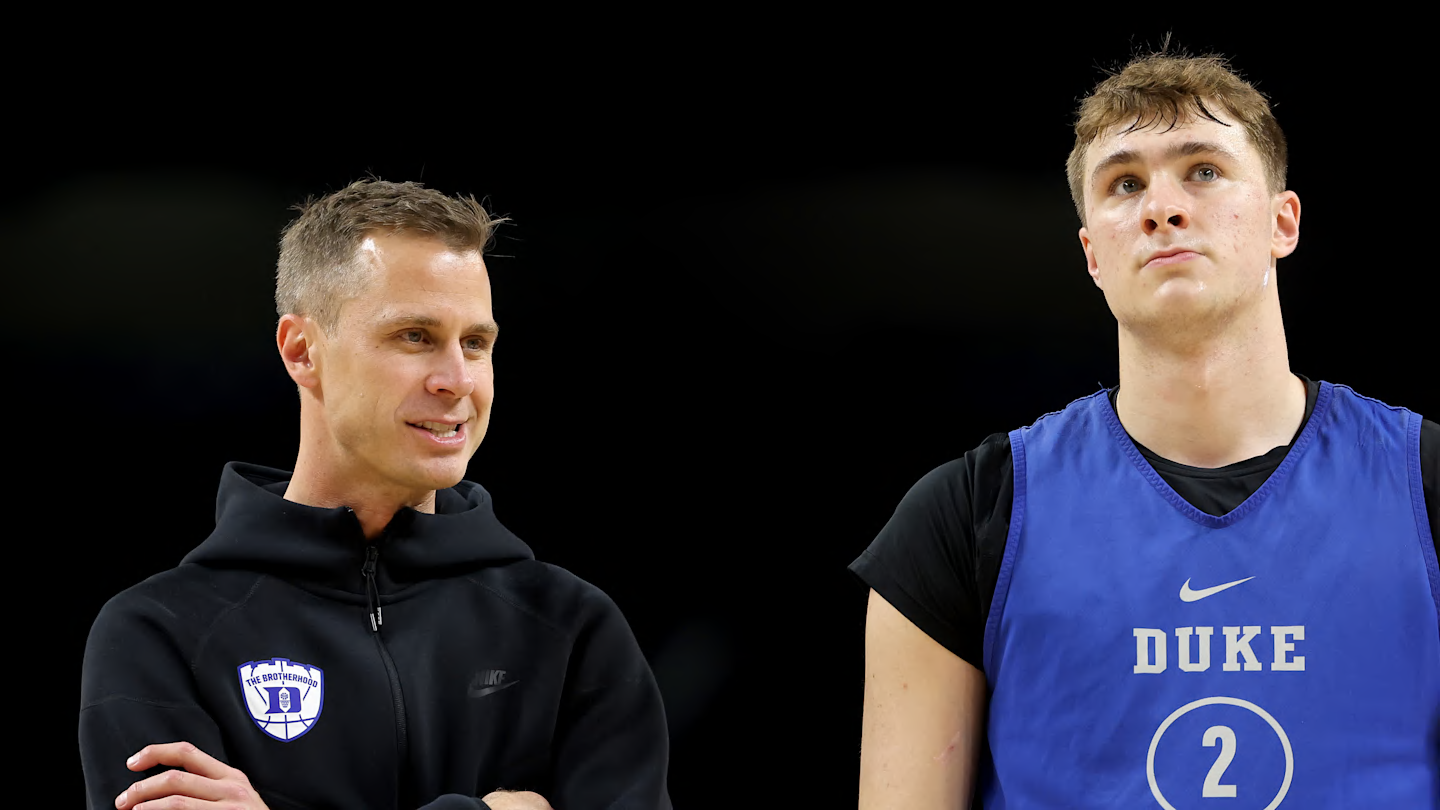NCAA Sports have officially changed as we know them. On June 6 district judge approved a settlement between the NCAA and its conferences and a bevy of lawyers representing all D1 athletes. The expected settlement ends three federal antitrust lawsuits, most notably House vs. NCAA, which stated the non-profit organization that regulates collegiate athletics violated federal antitrust law by limiting the potential earning power of the student-athletes.
• Colleges that opt in to participate will directly pay its athletes a revenue share of up to 22 percent of the average power conference ticket, sponsor and media deal revenue, with 20.5 million the number of the initial annual cap. That annual cap number is expected to increase annually over the 10-year deal. This revenue is in addition to the revenue associated with scholarship benefits.
• The NCAA will pay approximately $2.8 billion in back damages over the next decade to NCAA student athletes who competed between 2016 through the present. Of course, the next question media, parents and past athletes have is, “when do the payments begin?” As of now, there is no public date. The awarded damages likely will be delayed if the settlement terms are appealed to the Ninth Circuit U.S. Court of Appeals.
• There are no longer scholarship limits, which means participating colleges can offer a greater number of full or partial scholarships to athletes. Schools can offer as many scholarships as they deem necessary, provided they do not exceed the new established roster limits in each particular sport. For the main revenue-generating sports, football teams have a roster limit of 105 players, while in men’s basketball the number is 15 players.
• Name, Image, Likeness (NIL) Deals that athletes sign that exceed $600 face independent review by the "NIL Go” clearinghouse, which is separate from the NCAA’s enforcement department. That third party entity is attempting to use a fair market value algorithm to create what they determine to be legitimate compensation ranges for specific NIL deals. According to the settlement, athletes have 30 days to report any NIL deal they ink and it must be for a determined “valid business” purpose.
There have been a plethora of lawsuits against the NCAA on antitrust grounds since the organization implemented NIL reform on July 1, 2021 as a result of the passing of the The Fair Pay to Play Act (originally known as California Senate Bill 206) which went into law on September 1, 2021. It stated under California law that college athletes were allowed to acquire endorsements and sponsorships while still maintaining their athletic eligibility. That law and other NIL related laws that went into effect in other states shortly thereafter limited the NCAA’s enforcement of its own mundane bylaws.
NCAA regulations had no teeth at that point and NIL laws around the country led to NIL serving as a proxy for play to pay and roster attainment, as opposed to legit business proposals. The NIL era led to the creation of collectives and an unregulated market for compensating players in order to retain their services as athletes. Pay to play is supposed to be against NCAA bylaws.
This settlement helps the NCAA in what could eventually be a fruitful or futile attempt (depending on how one feels about paying players) to strengthen its policies and bylaws. The settlement is an attempt to regain control by the organization that was earlier found to be out-of-line with antitrust law. The NCAA is hoping this is the stepping stone to Congress granting it an antitrust exemption in order to assert more control with limits on player compensation and athletic transfers.
That move remains to be seen.
The House vs. NCAA settlement is limited in scope in terms to future legal challenges under Title IX, state NIL law and federal and state employment and labor laws, which were not addressed by the settlement or by Wilken.
It’s not hard to see the 20.5 million per year rev share will face Title IX lawsuits, as the vast majority of the revenue is expected to go to football and men’s basketball players, in most instances. The rev share deal could also have a major negative impact on non-rev and Olympic Sports, and the leaders in those sports are asking for Congressional intervention to aide and protect those sports.
A third party determining the legitimacy of a NIL deal could also face legal challenges. If the NCAA enforcement staff couldn’t get it right, why would anyone be confident a third party will?
, the executive director of the National College Players Association (NCPA), a nonprofit advocacy group he launched in the late 1990s along with other UCLA football players, believes in many respects athletes once again received the short end of the stick in this settlement. Huma, who was instrumental in lobbying California Senate Bill 206 in front of legislators in Sacramento, believes there are still tons of legal hurdles in the settlements’ implementation because of current NIL laws in various states, among other issues.
“Paying athletes is long overdue and the NCPA is proud to be spearheading a movement to this goal,” Huma told Ballislife. "However, this settlement does not treat athletes fairly. Direct pay was already here thanks to the many states rushing to ensure NIL. In addition, NIL collectives and schools can directly pay players without any NCAA or conference interference. In short, athletes didn’t need the settlement to get paid by their universities.
"Unfortunately, the NCAA and conferences are seeking to use the settlement to essentially shut the door on an estimated $2 billion that NIL collectives are set to pay athletes. Many state NIL laws prohibit the universities, conferences, and the NCAA from imposing NIL restrictions described in the settlement. So the settlement is truly unworkable. Because of the legal liability involved and the fact that many states won’t allow such NIL restrictions, I expect universities to ultimately ignore the settlement, pay players as much as they want, and continue encouraging their NIL collectives to pay as well. Those who don’t will be at a severe athlete recruiting and retention disadvantage.”
Ronnie Flores is the national Grassroots editor of Ballislife.com. He can be reached at [email protected]. Don't forget to follow him on Twitter: @RonMFlores











